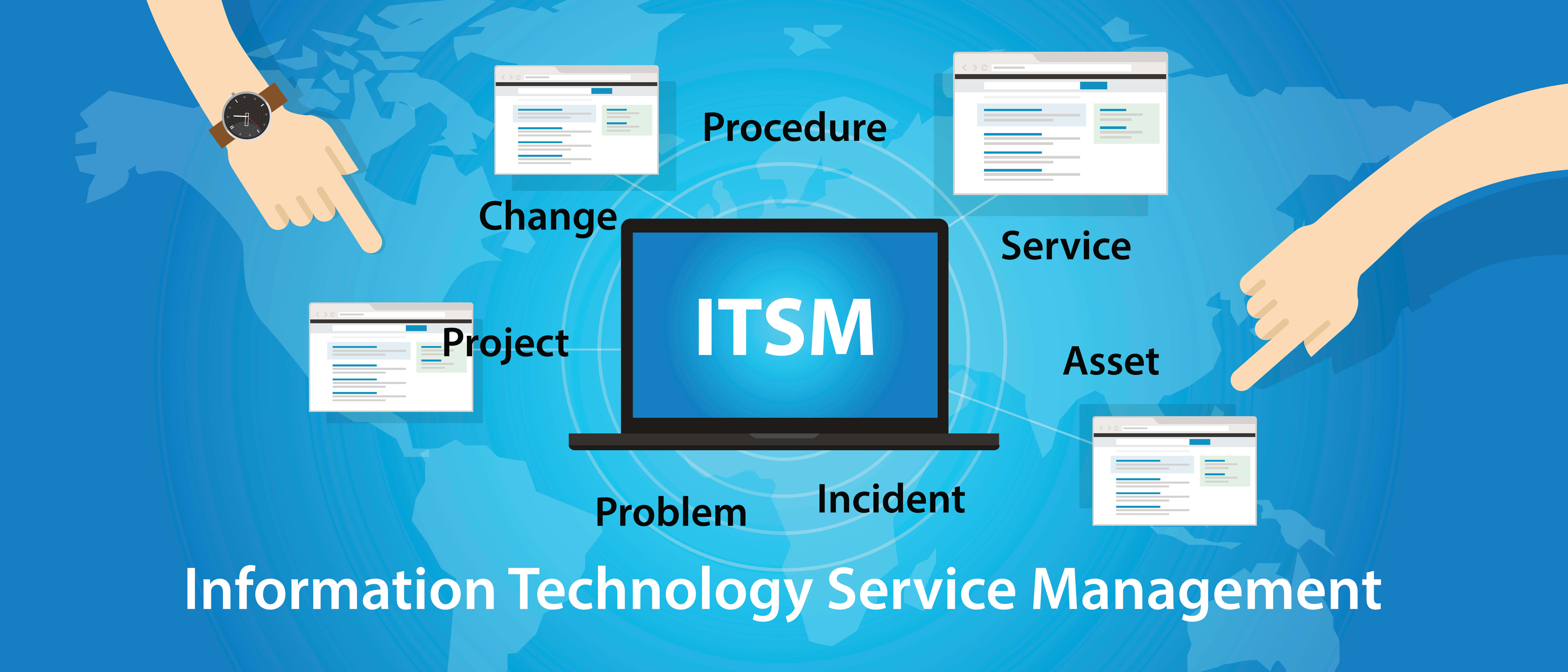The information technology services management (ITSM), is a process-based discipline, focused on aligning the IT services provided with the needs of companies, emphasizing the benefits that the end customer can perceive.
"ITSM" tries to change IT management, for a collection of components focused on end-to-end services, using frameworks such as "Information Technology Infrastructure Library" (ITIL) or the "Enabled Service Capability Model"
IT Service Management requires the correct integration of three factors: People, processes and technology.
IT service providers have to consider the quality of the services they provide and focus on customer relationships.
In general, the management of IT services involves the use of outsoursings, insoursings and shared services, which is why the most important thing is to maintain a broad knowledge base within the company, so that these practices are successful.
The objectives on which the good management of IT services is based could be:
- Provide an adequate quality management.
- Increase efficiency.
- Align business processes and IT infrastructure.
- Reduce the risks associated with IT Services.
- Generate business.
The most popular ITSM frameworks includes:
COBIT
It is a globally accepted framework for the development, implementation, monitoring and improvement the management practices and IT government.
Microsoft Operations Framework
It consists of 23 documents that serve as a guide for IT professionals through the processes of creation, implementation and management of efficient and profitable services. It also includes guidelines for the life cycle of an IT service, from concept to retirement or replacement.
Six Sigma
Developed by "Motorola" is a management framework that sets high goals, information gathering, analysis of results to reduce defects in products and services of companies.
ISO 20000
Global standard that describes the requirements for an ITSM system, reflects the best practices described in the ITIL framework and is compatible with other frameworks, such as the Microsoft framework of operations (MOF).
TOGAF (The Open Group Architecture Framework)
Created and maintained by "The Open Group", this framework provides a structured approach for companies trying to organize and govern the application of technology, especially the software.
ITIL (Information Technology Infrastructure Library)Â
It's the framework that offers the best practices for the alignment of IT with business needs. It consists of 5 parts: strategy, design, transition, operation and continuous improvement of services.ITIL was created by the need to improve ITSM practices in the 80's and since then, it has become the most used by companies around the world.
The results obtained from using ITSM make it clear that, in order to add value to a company, IT services must efficiently manage equipment availability, continuity and capacity, control changes, improve response times for incident resolution and procure the satisfaction of the final customer.

